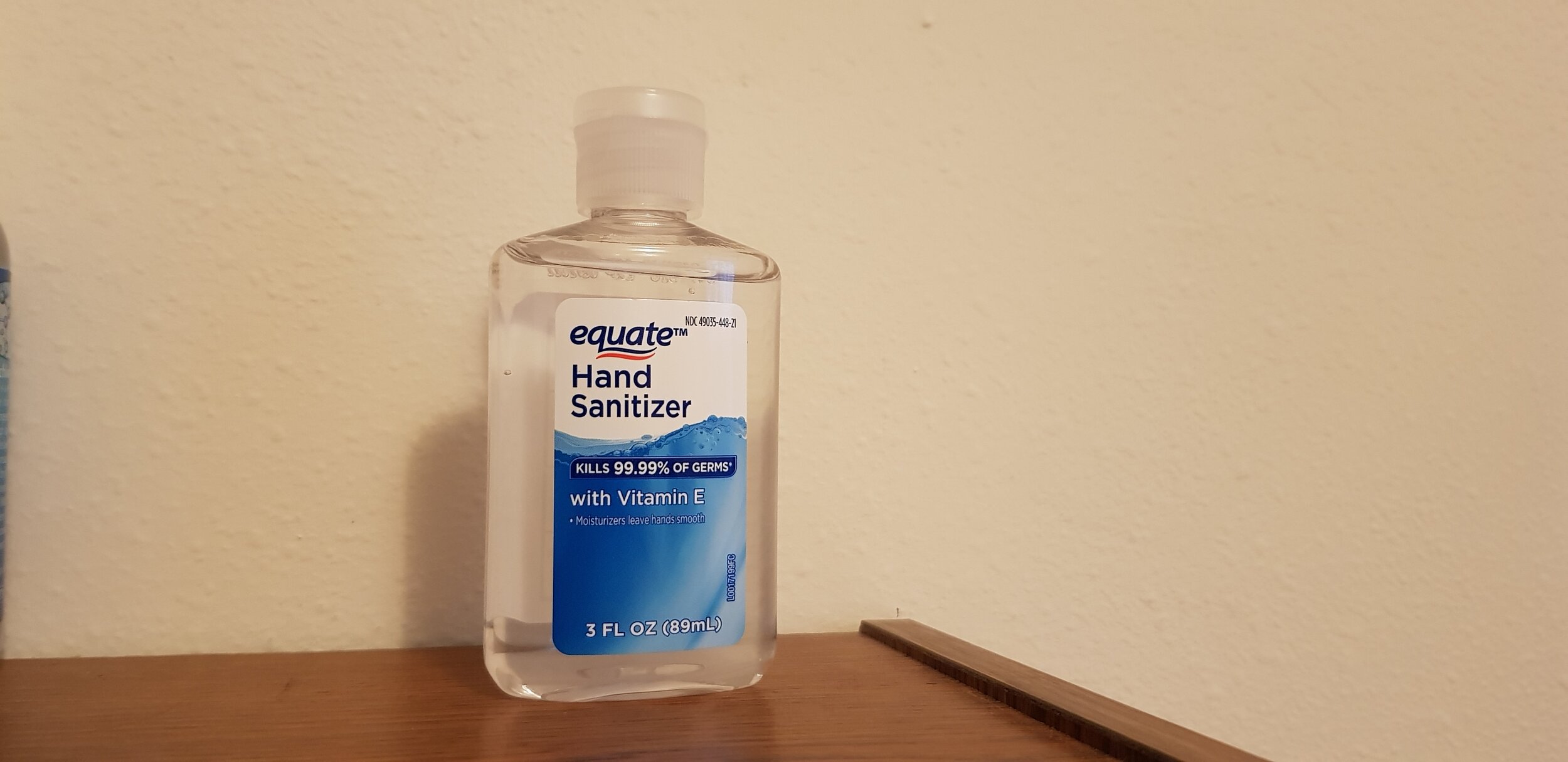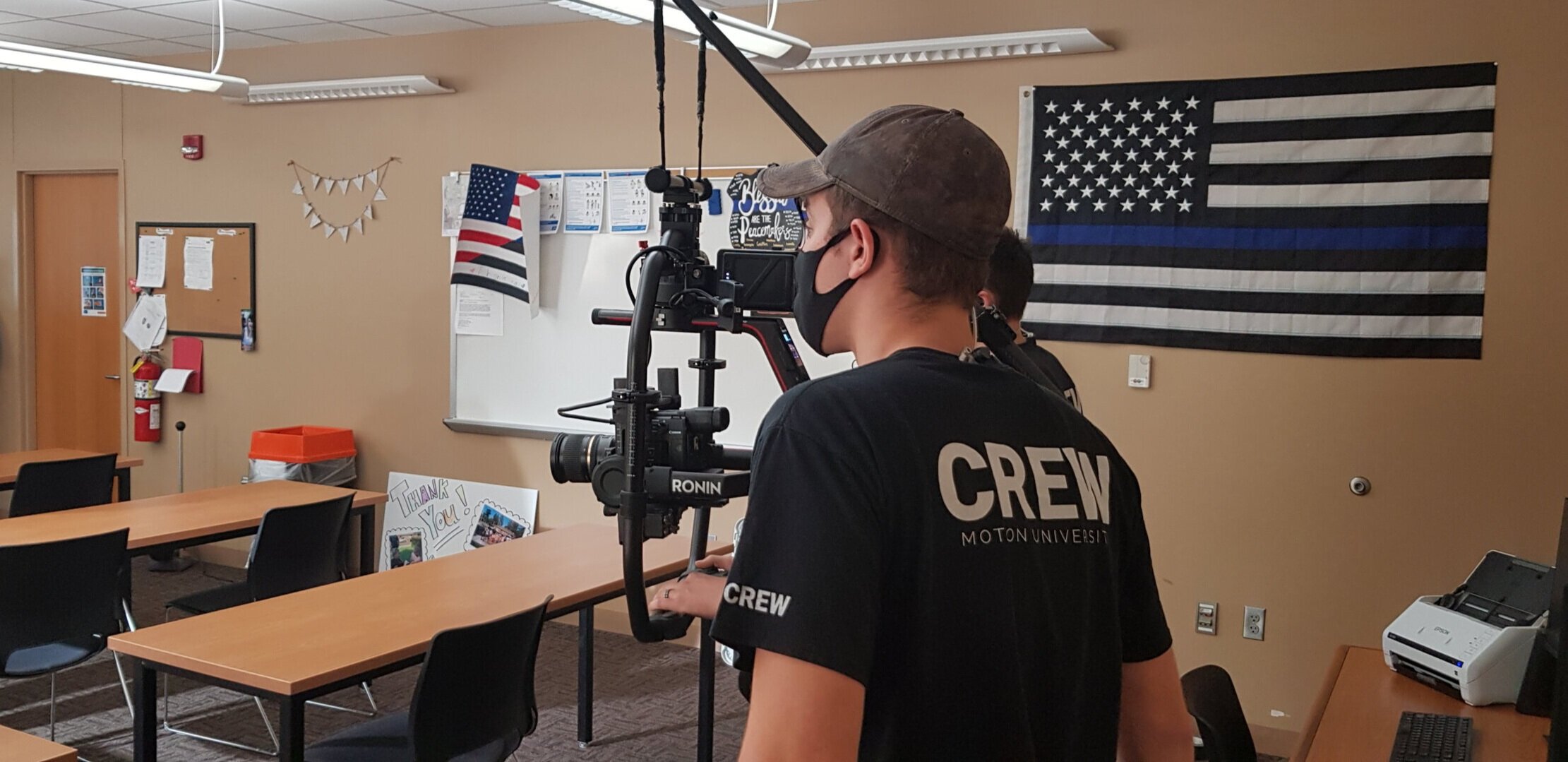Producer Thoughts: Filming During COVID Times
To start off, let’s address what this article is not about. This article is not about testing for COVID; how it should be done, when it should be done, what type of testing should be performed. It’s not an article about masks; when they should be worn, do they work or what type you should wear. If you want answers to those there are plenty of resources put out there by Hollywood and the medical industry on what to do. This article is based off of my first-hand experience on sets since the start of COVID and from conversations I’ve had with other filmmakers that have been filming projects during this time as I look to address things you can do to help run a safe and healthy set whether you’re filming the next Hollywood Blockbuster or a short film for a high school class.
1) Know what’s going on
Regardless of who you are or the size of your production, one of the best things you can be is informed. Now I will admit this is hard to do when everything is constantly changing in regards to COVID. My best advice is to not spend to much time looking at the big global or national picture but focus on the smaller defined picture that will affect your shoot. This means knowing what restrictions and guidelines are in place in the state, county and city where you are filming. This still might seem like a daunting task but it really isn’t. In today’s world just about every city, county and state have social media pages where they are posting updates. Following these pages or at least checking them daily before and during your shoot is a quick and easy way to stay informed of what is happening. And along with that, don’t be afraid to call to find out more, ask questions and get your answers. The time spent upfront will pay off in the long run so you won’t be unprepared when you arrive to set.
2) Provide for your crew
This is another easy one to do even if you are a high school filmmaker. Just provide for your crew in ways that will help them feel comfortable and show you care. A couple easy ways to do this would include purchasing travel size hand-sanitizers for each crew member, having a bigger bottle of hand-sanitizer available on set and using disinfectant wipes on location ahead of the crew’s arrival. Likewise with the wipes, take time to wipe things down once you are done filming. This is a great way to build a relationship with the location owner by showing you care about them as well.
Another great way to provide for your crew is by having adequate time off so that they can stay well-rested. Having worked on sets that have shot for only 10-12 hours a day and sets that have shot for 16-18 hours a day I can attest to not only a happier crew, but also a crew that is less likely to come down sick or make mistakes on set when they are well rested.
A final way you can provide for your crew is by making sure they stay hydrated and eat well. This means having good options for both meals and crafty and not just fast food or junk food. Every filmmaker knows the challenge of misplacing their disposable water bottle on set and not being able to tell which one is yours. A great work around is having everyone bring their own. It makes for easy identification and less chances of cross contamination. It’s also more cost effective in the long run.
3) Understand your crews comfort level
Another super important thing to running a safe set is understanding how your crew feels about COVID. All you have to do is scroll through social media to see that some people view this as the end of the world while others treat this as just a common cold. Taking the time to give them a phone call or write an email shows that you care while giving you understanding on where you’re crew falls on this scale. The last thing you want is for an actor to not give a good performance because the sound guy isn’t wearing a mask or for crew members to get into arguments because others aren’t treating the issue the same as them.
This could mean that some actors are just acting by themselves and you need to re-block a scene. Or maybe that scene with 500 extras is going to need to be changed to only 10. How about not having department-crossing, something that can happen quite a bit on indie sets. That way your crew doesn’t have to worry about someone not in their department contaminating their gear. Another possibility is finding a way to lodge your crew where they will have minimal contact with the outside world. A recent promo shoot I was on rented a larger house for the crew instead of putting them in a hotel helping there to be less contact with complete strangers.
4) Be open with your crew
A final piece of advice and maybe the most important is to be open with your crew. Don’t hide information to them that could come back to bite you in the long run. This might mean keeping them informed about what is happening related to COVID in the city the production is filming in. Whether it’s good or bad news. Making sure they understand and are okay with any potential risks that they might not be expecting. On a recent shoot I was a part of the crew was not informed ahead that one of the location we were filming in had a really high risk of COVID-19 exposure until the call sheet came out. Thankfully no one on the crew put up a fuss about it but I know others in the industry that would have quit the project for not being informed about that ahead of signing on.
In closing, I’m sure there are plenty of other ways out there that can help provide a safe and healthy set whether you’re dealing with COVID or some other virus. These are just some of the main ones I’ve experienced or heard talked about. In the end it really comes down to you carrying more about the people on the project more than the project itself which can be hard to do but pays off in the long run.
Have other thoughts or tips on running a safe and healthy set? Comment them below.


